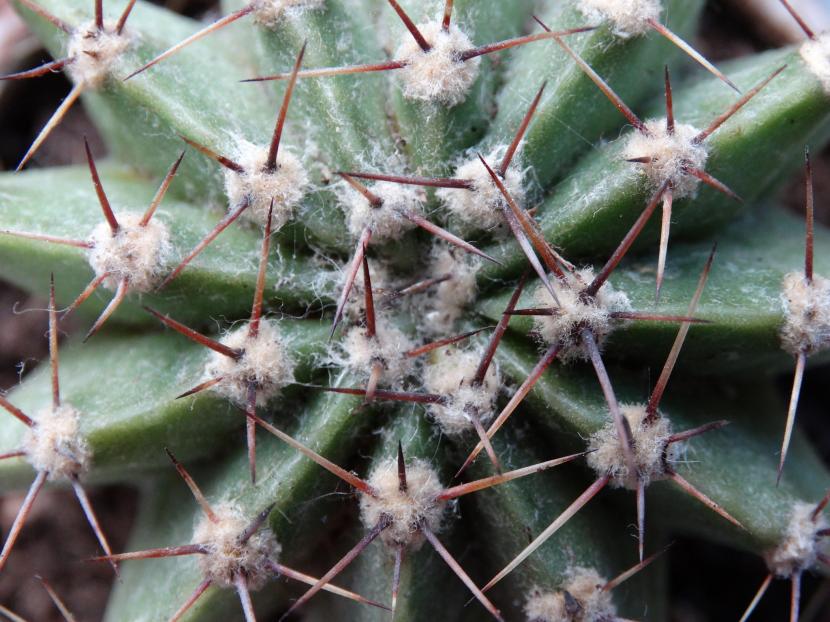
Do you like cacti? So let me tell you her story his origins. Many times we pass in front of our beloved thorny plants, and it strikes us that they are so different from other plant beings: they do not have leaves or branches, and their root system is very reduced if we compare it with, for example, that of a lively flower like the dimorfoteca.
In this special you will discover what makes many of us really feel an intense desire to have them in our home, as well as what care they require to always be splendid and that they can, thus, give you their beautiful flowers.
From
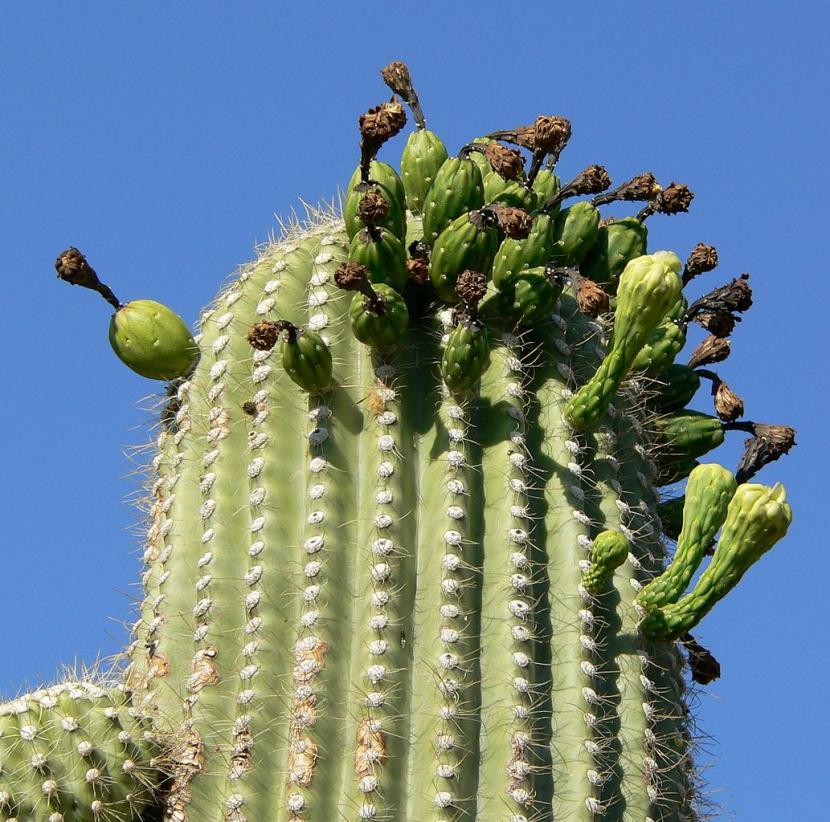
Within the Cactaceae family we find a total of 73 species of slow-growing plants, with or without thorns, that have adapted to living in areas far away from their place of origin. Although we might think that they come from South Africa, since there are many commercialized cacti that come from the seeds of species there, the truth is that you may be surprised. Actually, all the cacti that we know today have a common origin that is tropical America. Yes Yes. It is believed that they colonized the Old World thanks to migratory birds, which ate its tasty fruits, and kept the seeds in their stomach until ... well, until they felt like relieving themselves. Thus, future generations had a free trip, and above all safe, since, being permanently moistened, during the journey the viability was not lost.
One characteristic that all these magnificent plants have, regardless of where they are, is the areola, which is nothing more than a structure from which the thorns, the suckers, and often also the flowers arise.
Evolution
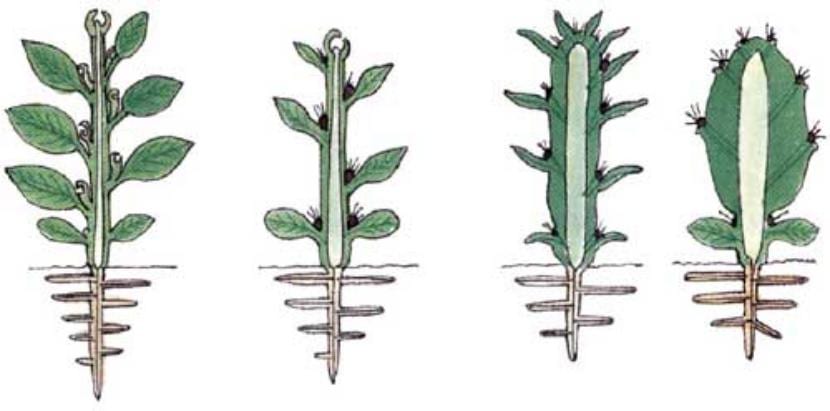
Image - Cactus Center Club
The evolution of cacti began, as we have said previously, in South America, around 40 million years ago, in the Paleozoic era. At that time, the American continent was united to all who make up our world today. The climate was typically tropical, something that favored the growth and development of plants with leaves. But, at a certain point, it became increasingly dry. From these changes, somewhat curious plants were appearing, very similar to the Pereskia (In the illustration, they would be the second from the left). This is a primitive genus that has survived to this day and that preserves practically all the characteristics of the first cacti that inhabited the Earth, that is, it has leaves, which makes photosynthesis like any other "conventional" plant, and of course it has areolas from which some small thorns emerge; in addition to some very pretty flowers, look:
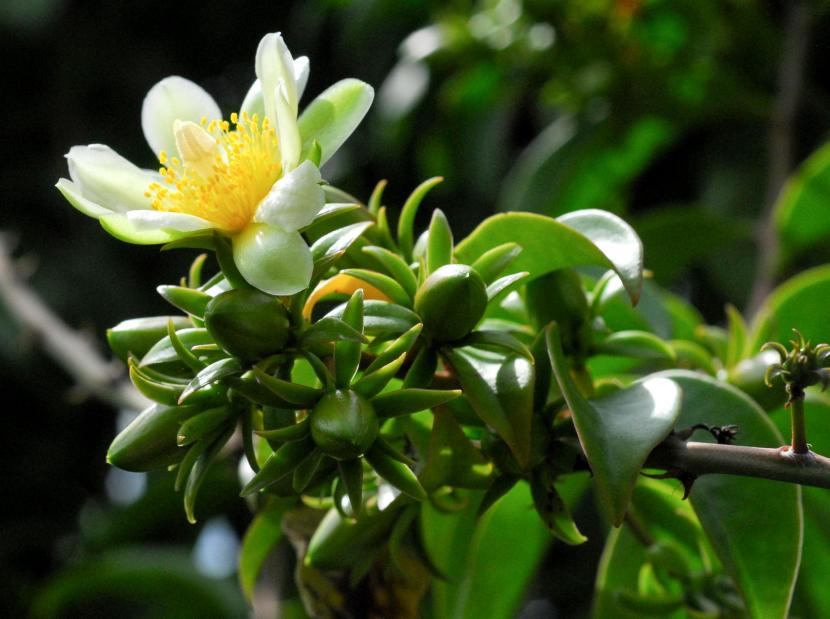
A curious fact that will surely surprise you is that there are no endemic cacti on the African continent. Yes, we will find succulent plants that have evolved in areas very close to deserts, but there is not one of cacti. This is because cacti evolved in America when the continents were separated by continental drift, around 50 million years ago.
Uses of cacti
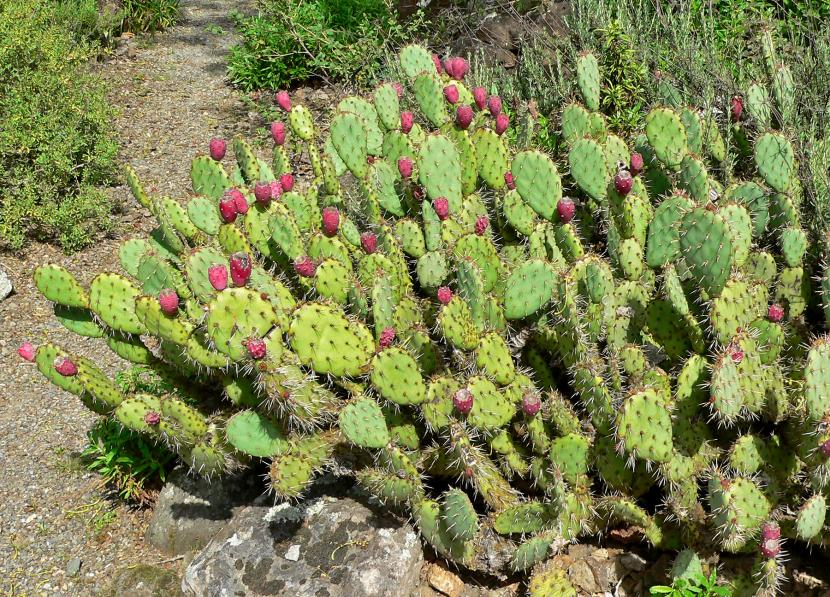
The cactus and the human being since the appearance of this, they have been very close. Man uses them in many different ways, including:
- It eats the fruits of various species, including those of the Opuntia leukotricha, Opuntia ficus indica (prickly pear, one of the few cacti that has become naturalized in Spain, especially in the Mediterranean region) or those of the Hylocereus undatus (better known as pitahaya).
- The Indians of North America, specifically those of the United States, take advantage of the seeds of the The giant carnage (popularly called Saguaro or Giant Cardón) to supply its flour reserves.
- They use the fibers of the Cephalocereus to fill cushions.
- As a comb The Cahita-Yankee Indians use the thorns of the Pachycereus pecten-aboriginum.
- They also turn out to be useful as natural fertilizers.
- They are ideal as decorative plants, either in desert-type gardens or to have in any corner of the home.
Plants in danger of extinction
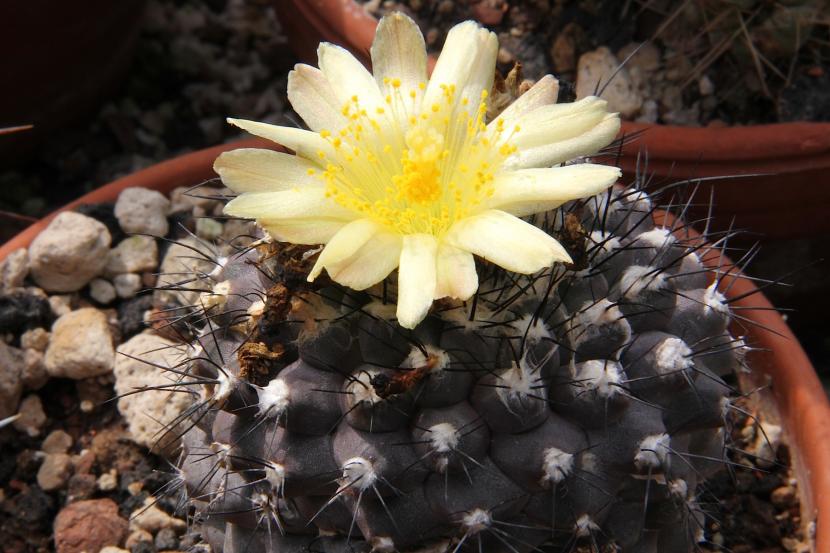
Despite these numerous uses, of the 73 genres out there, 15 are in serious danger of extinction according to CITES (the Convention on International Trade in Endangered Species of Wild Fauna and Flora), and practically all of them are at serious risk of disappearing due to loss of habitat or because humans have taken the adult specimens to other places, either to use the cacti as a drug, or to sell them in the market and thus obtain a significant amount of money.
For this reason, it is very important that, if you want to acquire a plant that is in serious danger of extinction, make sure before it has passed through CITES controls, or what is the same: you have to make sure that the plant comes from a seed of a cactus that has not been stolen from its place of origin and, if it has, it has always been under the law.
Among those who are in an extreme situation we have:
- Genus of Copiapoa
- Trichocereus pachanoi
- Genus of the Lophophora
- Astrophytum asterias
Cacti care
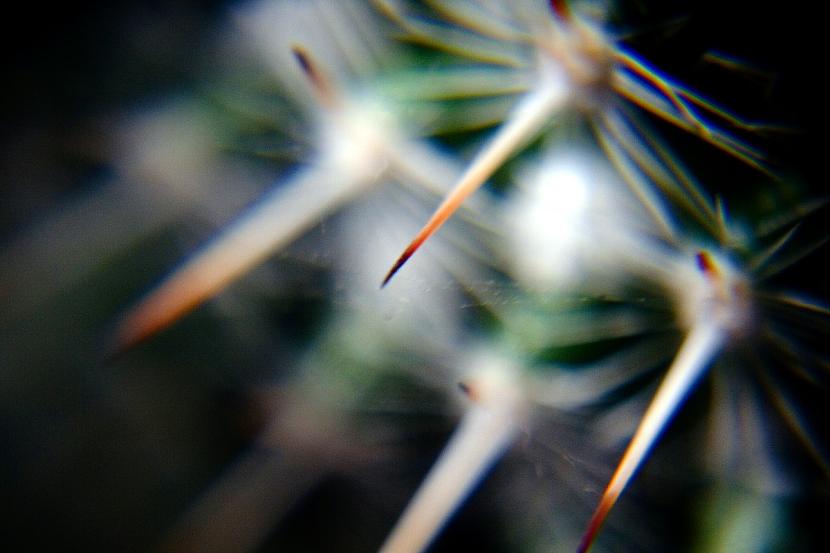
We changed the subject a bit to focus now on the care that these beautiful plants need: their ideal location, frequency of irrigation, type of substrate, climate ... When taking a cactus to our home, we must take into account all these things to know if it will be able to live in the meteorological conditions that exist in it, since otherwise we would end up wasting money.
So, let's start:
Irrigation
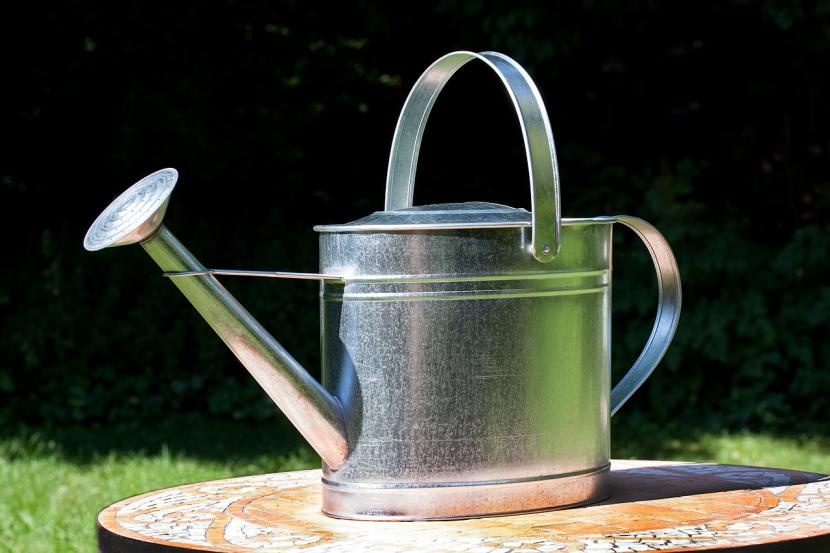
It is often thought that these plants grow in very desert climates, hot, and above all, very dry. But from my own experience I can tell you that they love water. In fact, where I live when it rains ... it really rains, which means that the streets immediately flood ... and of course the garden. A few years ago, in 2010, it rained in such a way that the cacti that I had, which were on a wooden board about 40cm above the ground, were literally under water until the earth absorbed it, for at least 5 minutes. It wasn't until recently that I understood why. One reason that is so obvious… it just passed me by: the monsoon. What is the monsoon? Basically a seasonal change in the direction of the wind. The rains, very abundant, that it brings, according to what an elderly man with a passion for cacti told me, they are the most nutritious.
So, how often do you have to water them? It will depend on the growing conditions, but I always recommend let the substrate dry between waterings. With small cacti, we will have to have them more controlled, and water more often, but it is preferable to stay short than go too far. Once a year they are completely flooded will not harm them, but if we keep the substrate moist day after day we would end up losing it.
Climate
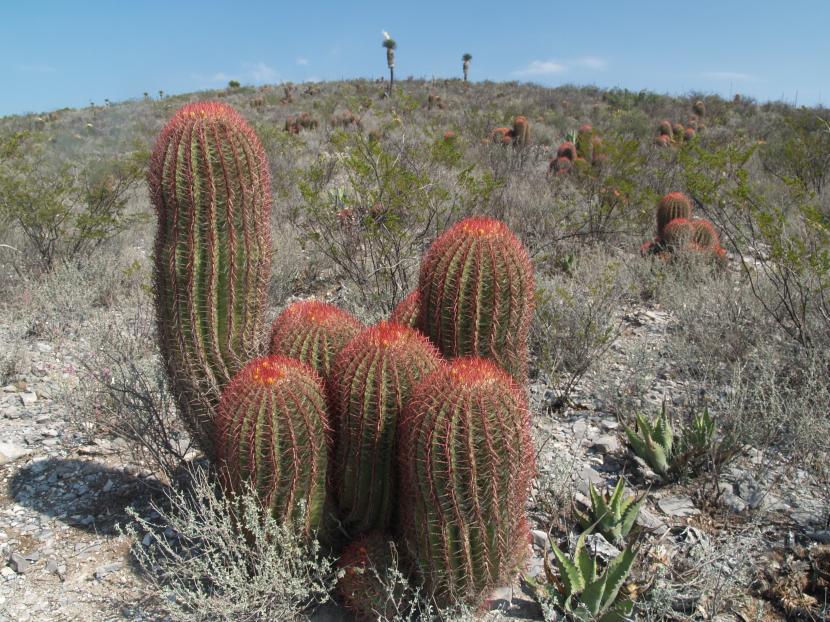
The most favorable climate for cacti is one that is as close as possible to what it has in its habitat. Unfortunately, in many regions we can have a frost-free climate ... but too dry for it, something that will force us to have to water them.
It is also important to know that there are genera that support light and short-term frosts (down to -3º Celsius), such as Echinocactus, Ferocactus or Trichocereus, and that all must be located in full sun. If you live in a cooler climate, you can keep them indoors as long as they have plenty of natural light.
Substrate type
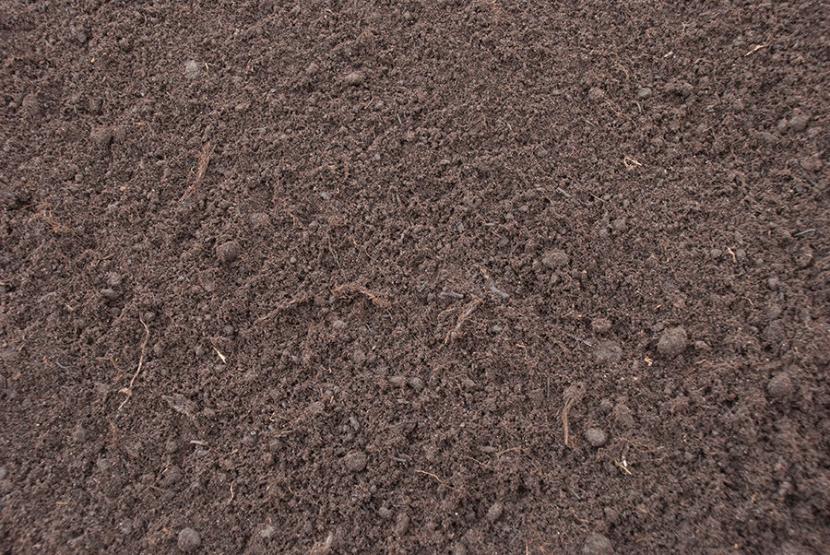
We have all fallen into the temptation to buy a substrate prepared for cacti, right? Although they can be useful in certain climates - generally humid ones -, in the drier ones, this soil mixture has a tendency to compact a lot, with which the cacti will not allow them to have a good growth. Which one to use?
Actually you can mix black peat and perlite in equal parts, but from here I would like to advise you that to this mixture you also add 15% river sand and 5% earthworm humus. In this way, you will have: 40% black peat, 40% perlite, 15% river sand and 5% earthworm humus.
Fertilizer

The fertilizer is very important for all plants, as it is a fundamental part of their »diet» (if I may speak), along with water. Vegetable beings need to feed on a daily basis, since the nutrients obtained by the roots from the substrate (and, as a consequence, also from the compost) can carry out their vital functions, such as respiration. Our protagonists are no exception, so we will have to fertilize them from time to time throughout the growing season, which begins in spring and ends in autumn.
Broadly speaking, we can distinguish two types of fertilizers: those of chemical origin and natural ones. Anyone gonna keep the cactus healthy, so you only have to decide if you want to speed up growth a bit, in which case chemical fertilizers in liquid form are more advisable; Or on the contrary, if you are not in a hurry or prefer to use organic products, you can use guano or horse manure for example, or even compost.
Plagues and diseases
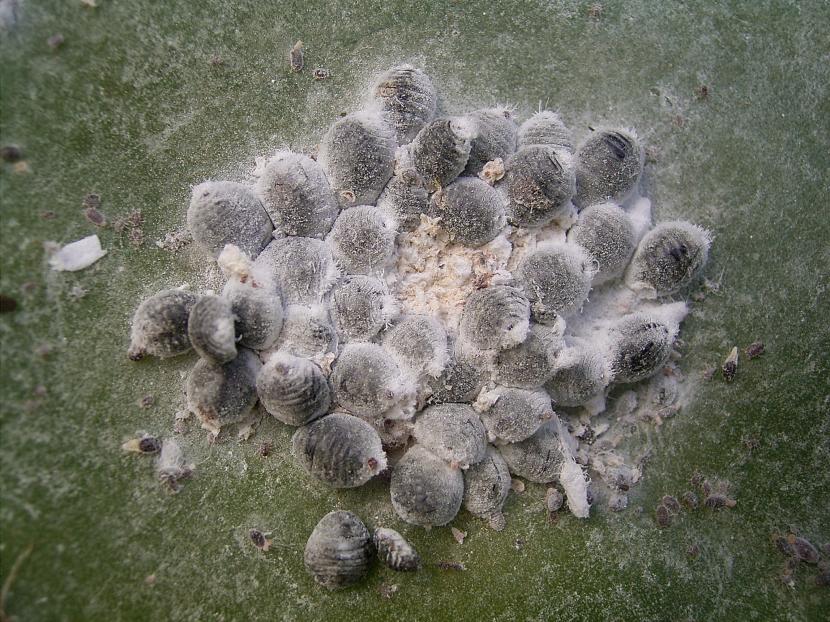
Cacti, like all plants, can also be affected by pests and diseases. Aphids, mealybugs, or the red spider are three of the most common enemies of our beloved cacti; but Phytophtora mushrooms can also do their thing if they are suffering from overwatering.
Knowing this, and how prevention is better than cure, we will do treatments once every 15 days with Neem Oil, and we will keep the cactus properly watered and fertilized. In case of plague, we will make a garlic infusion and pulverize the plant; but if it is very advanced, I recommend that you use an insecticide whose active component is Chlorpyrifos.
And so far our cactus special. Did you like it? 🙂
Thank you for your interesting information about succulents and cacti
I'm glad they are of interest to you, LGL 🙂
Excellent information, thank you.
We are glad you like it 🙂
Very good article. Clear and interesting information. Cacti fascinate me!
To us too hehehe
We are glad to know that it has been useful to you 🙂
Regards!